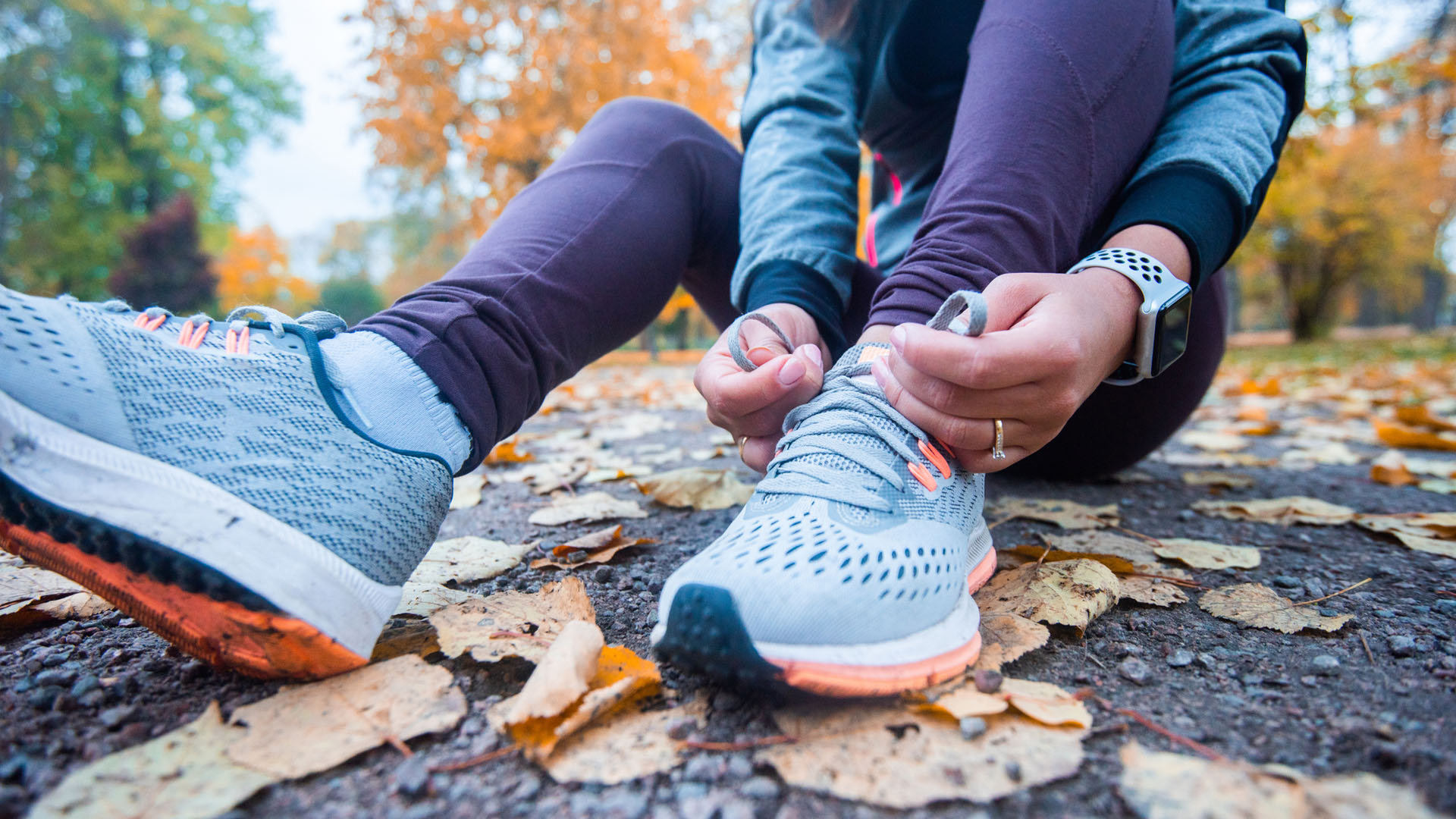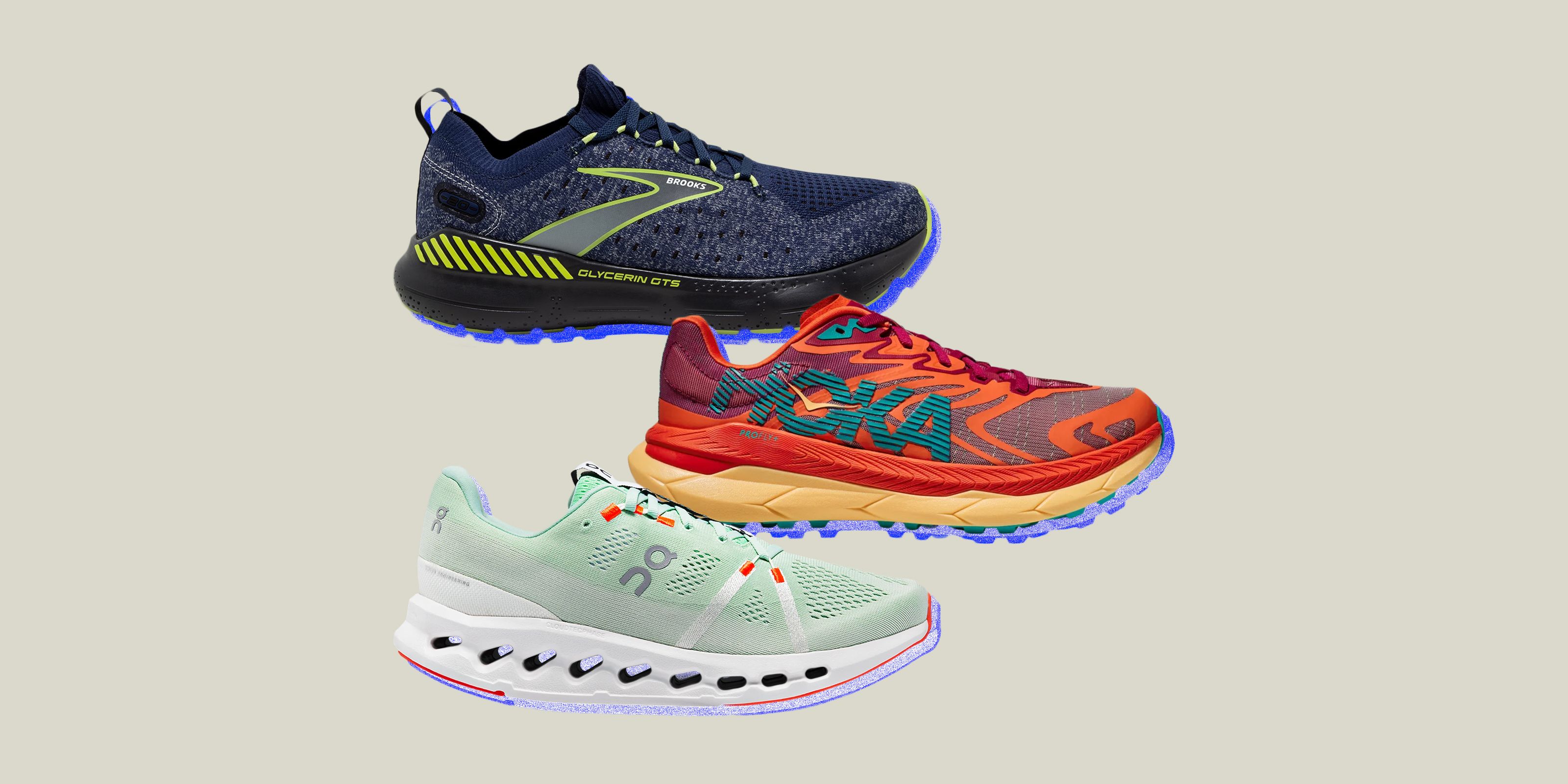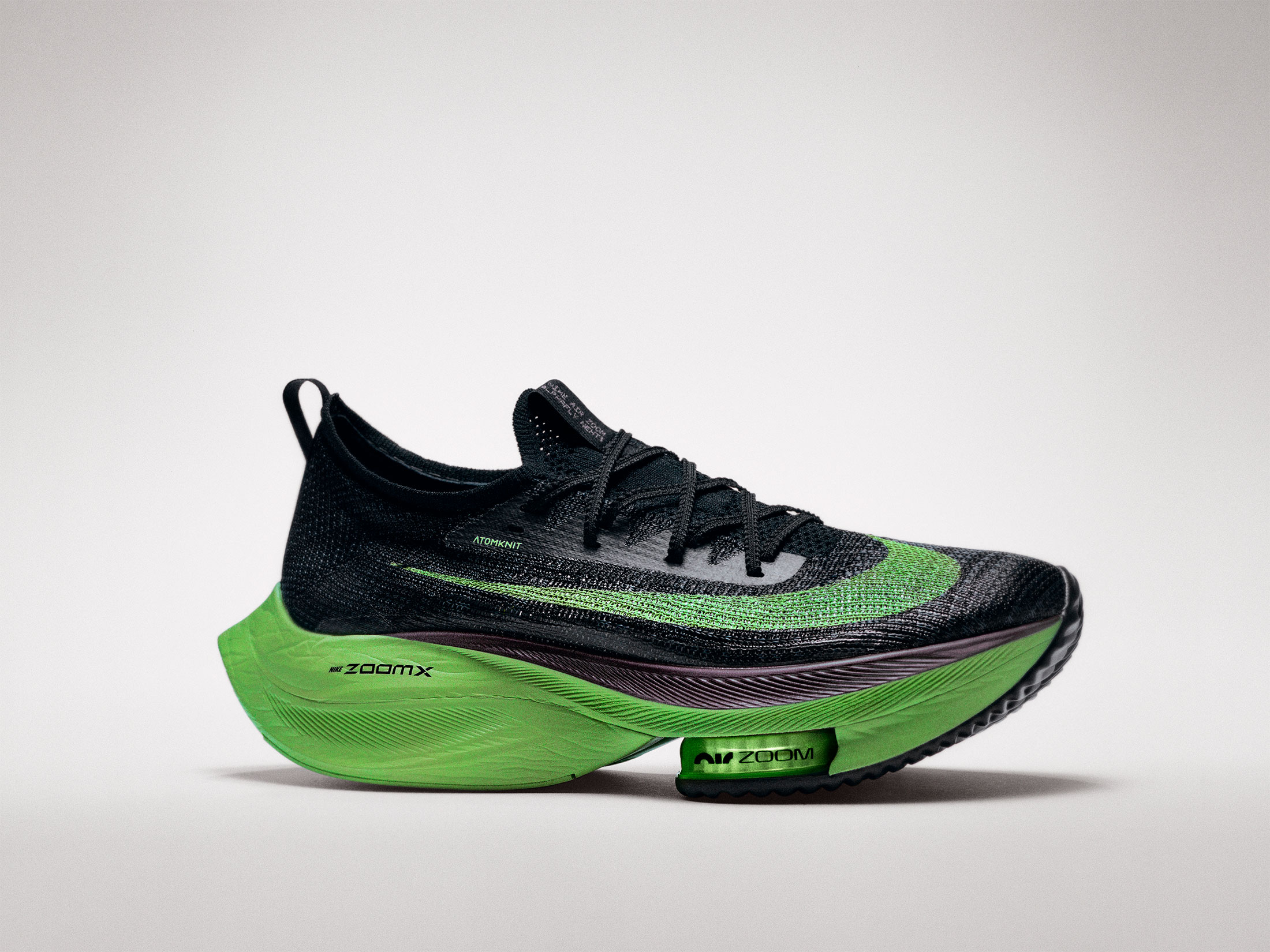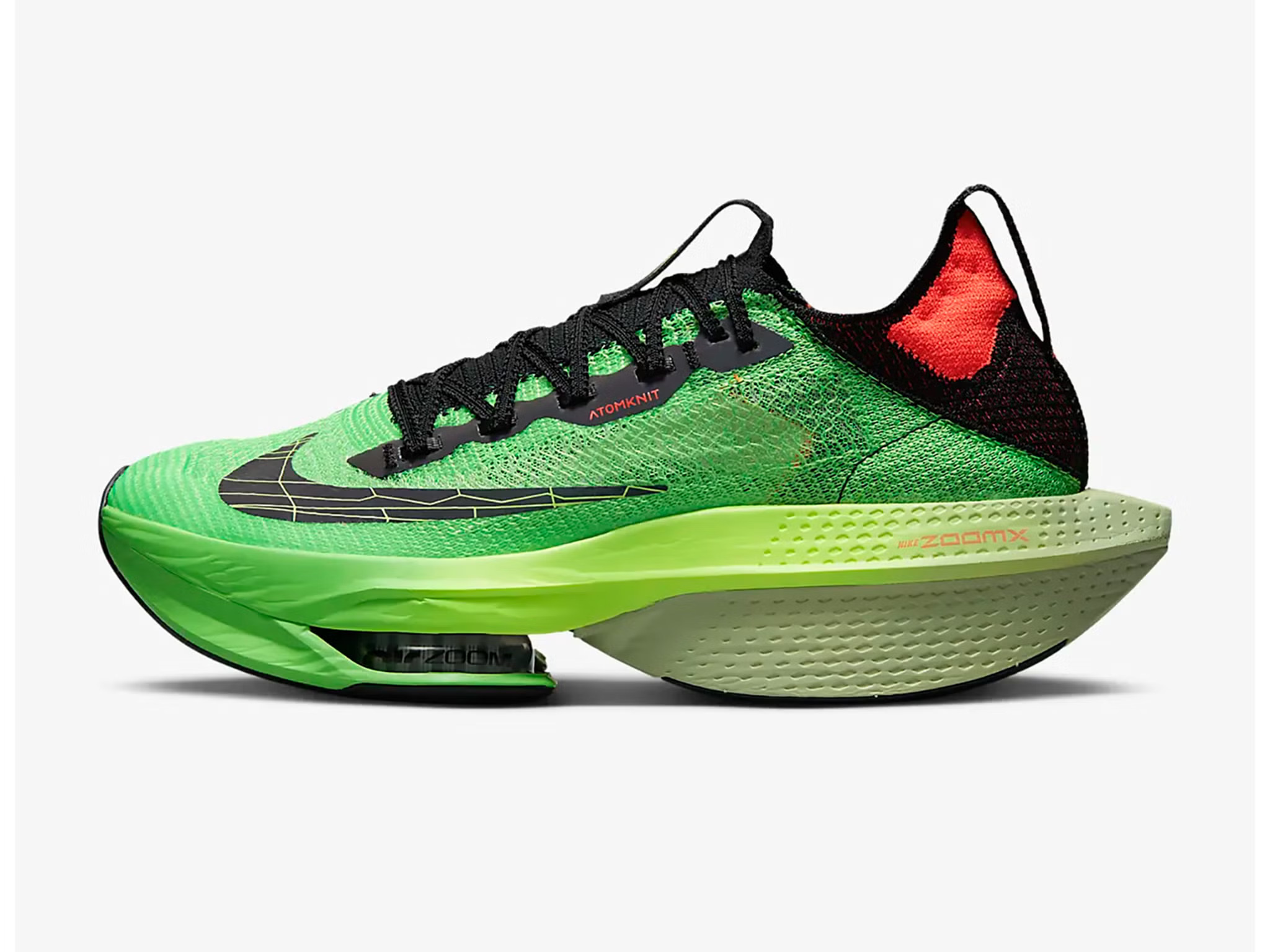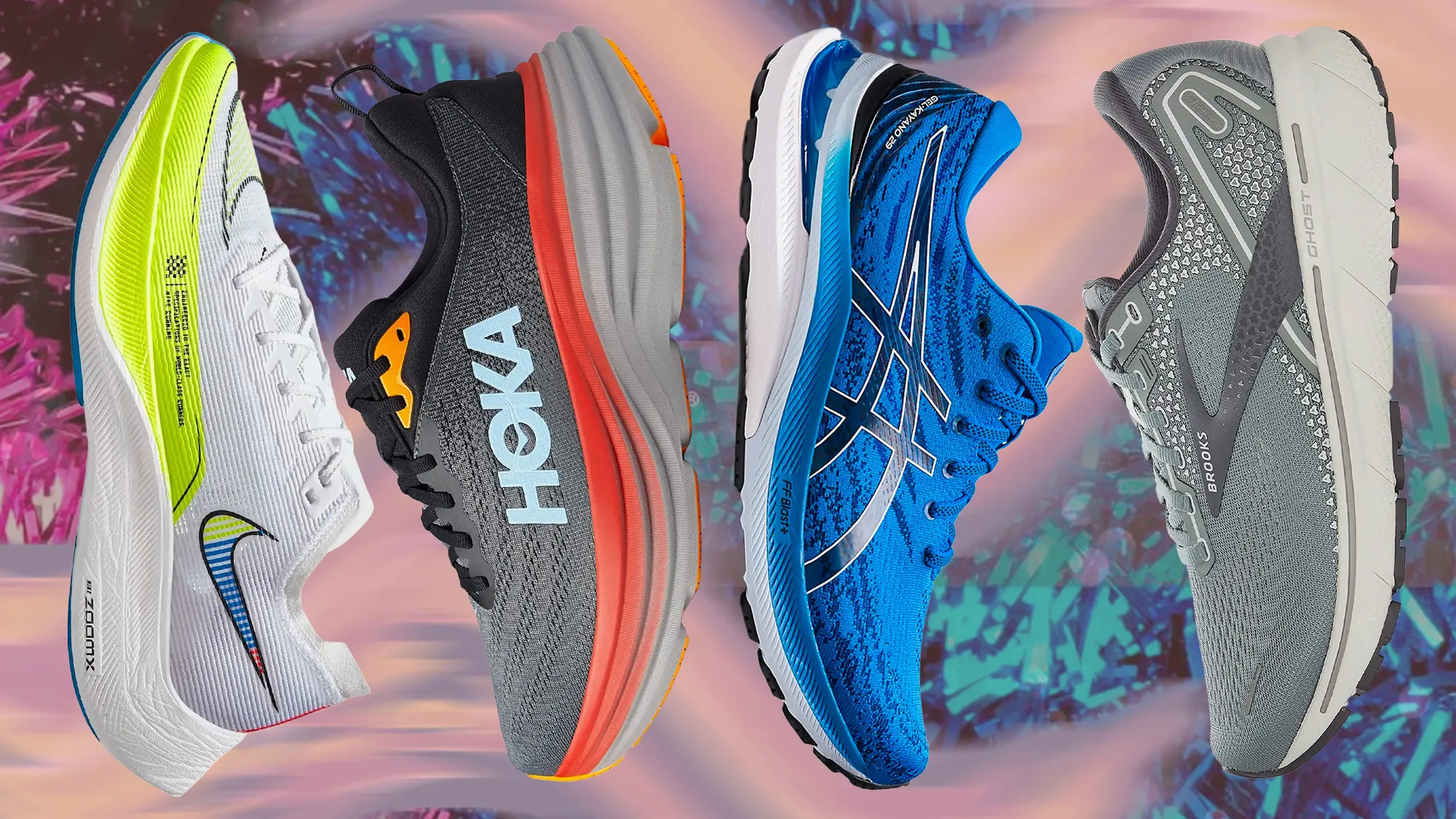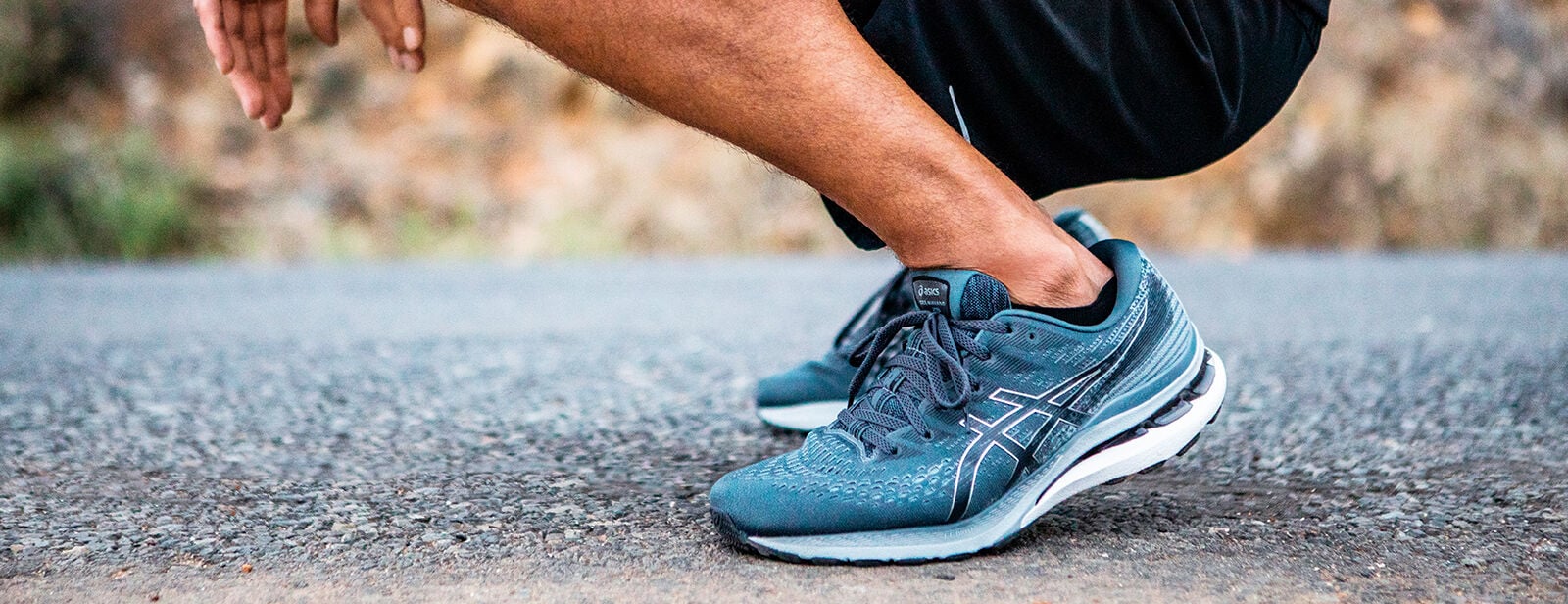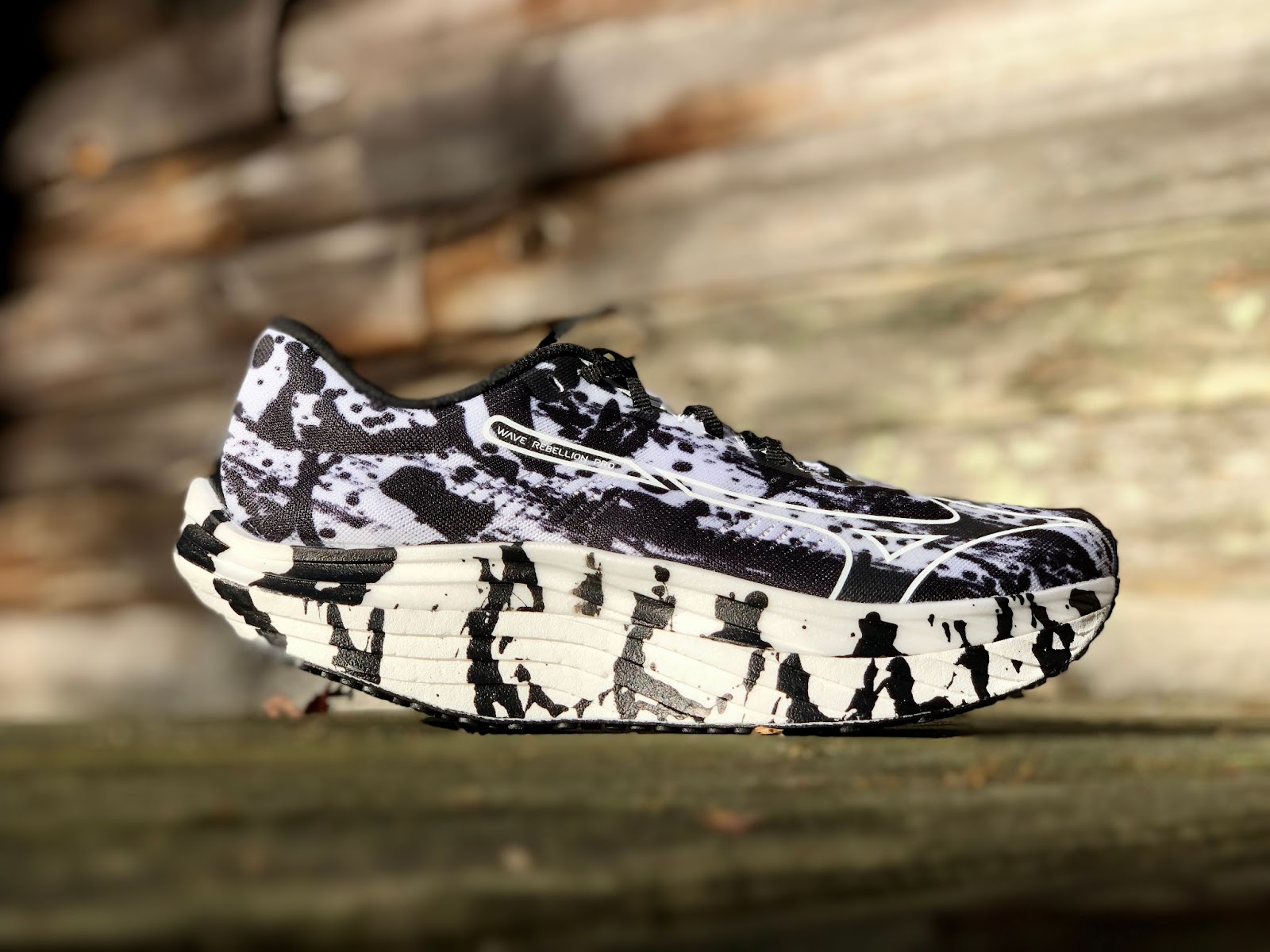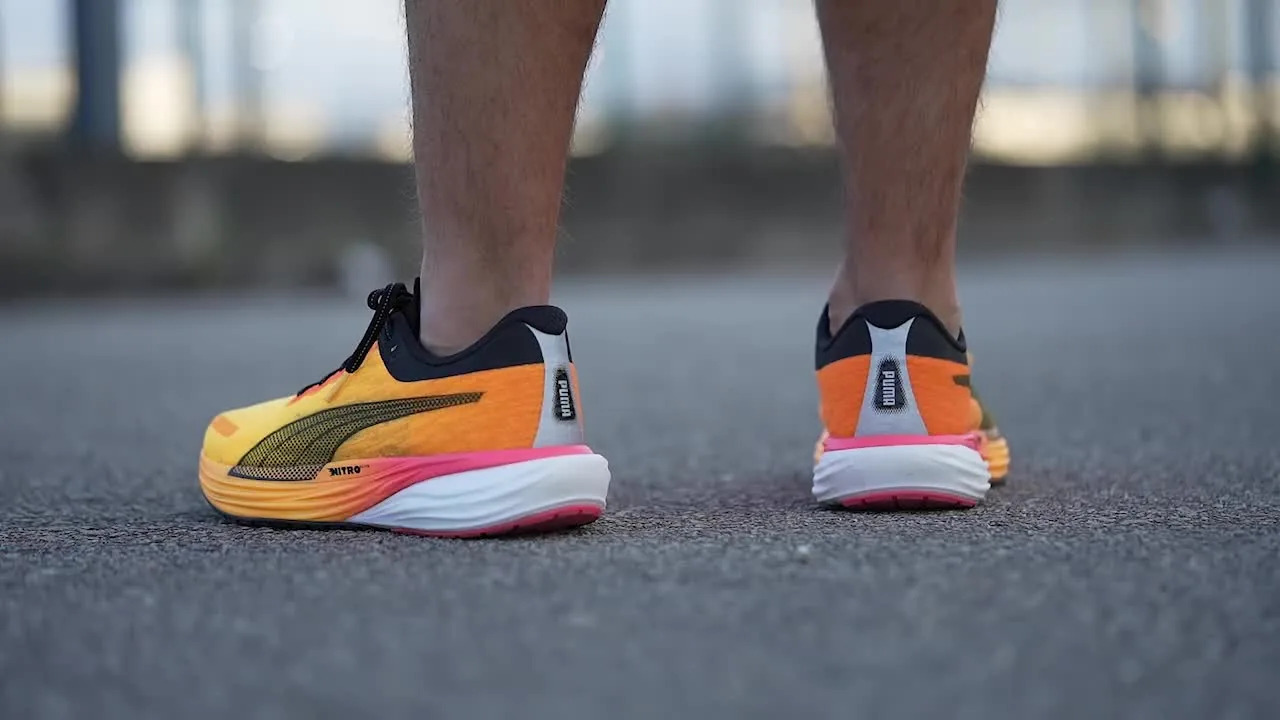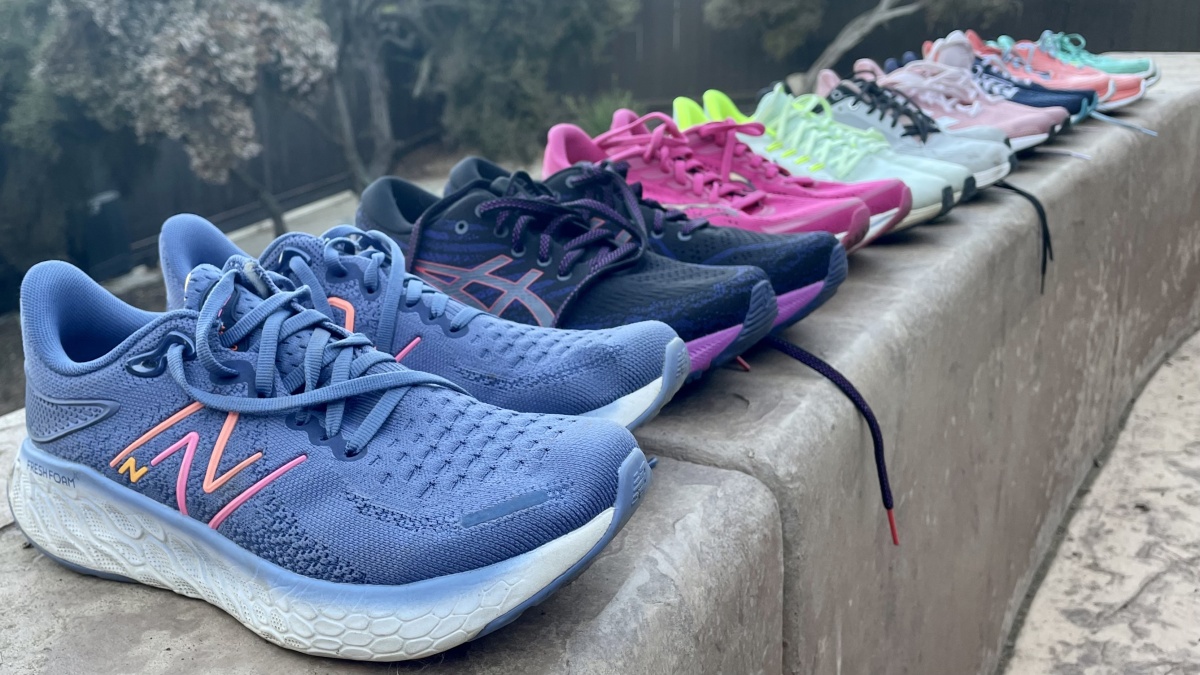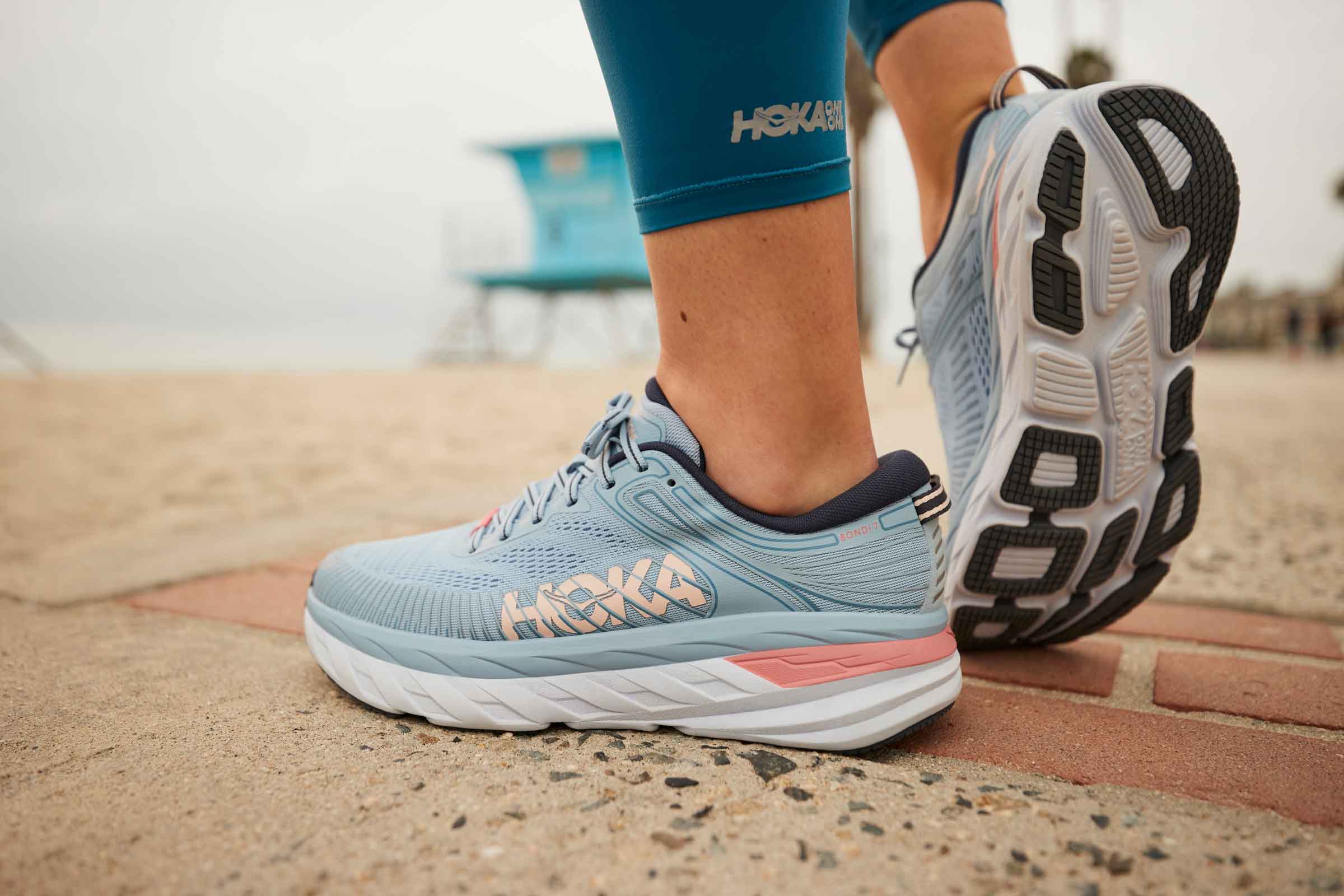

Brands
How Many Miles Do Hoka Running Shoes Last
Modified: January 2, 2024
Discover the durability of different running shoe brands such as Hoka. Learn how many miles Hoka running shoes can last and maximize your performance and comfort.
Introduction
Welcome to the world of Hoka running shoes, where comfort, durability, and performance come together. If you’re an avid runner or someone who enjoys staying active, finding the perfect pair of running shoes is essential. Hoka, a brand known for its innovative designs and cushioned support, has gained popularity among athletes and fitness enthusiasts alike.
When it comes to investing in running shoes, one common question that arises is, “How many miles do Hoka running shoes last?” The lifespan of running shoes can vary depending on various factors, including the individual’s running style, frequency of use, terrain, and overall shoe care.
In this article, we will discuss the factors that can affect the lifespan of Hoka running shoes, explore how to determine when it’s time for a replacement, provide tips to extend their lifespan, and highlight the benefits of regularly replacing your Hoka running shoes.
So whether you’re a seasoned runner looking to optimize your performance or a beginner in search of the perfect pair of running shoes, read on to discover the secrets of getting the most out of your Hoka footwear.
Factors Affecting the Lifespan of Hoka Running Shoes
Several factors can impact the lifespan of your Hoka running shoes. Understanding these factors can help you make informed decisions about when it’s time to replace your shoes. Here are some key considerations:
- Running Style: The way you run can influence how quickly your shoes wear out. If you have a heavy heel strike or tend to drag your feet, it can put more strain on the soles and affect the shoe’s longevity.
- Frequency of Use: The more often you use your Hoka running shoes, the faster they will wear out. If you’re an avid runner who hits the pavement several times a week, your shoes may need to be replaced more frequently compared to someone who runs occasionally.
- Terrain: The type of surface you primarily run on can impact the lifespan of your shoes. If you frequently run on rough surfaces like trails or gravel, the added friction and impact can cause more wear and tear.
- Shoe Care: The level of care you provide to your Hoka running shoes can also affect their lifespan. Regularly cleaning and drying your shoes, storing them properly, and avoiding extreme heat or cold can help maintain their durability.
- Weight: The weight of the runner can play a role in how long Hoka running shoes last. Heavier individuals generate more impact and put more strain on the shoes’ cushioning, potentially shortening their lifespan.
Ultimately, it’s important to remember that the lifespan of your Hoka running shoes depends on a combination of these factors and can vary from person to person. It’s essential to assess your own running habits and the wear and tear on your shoes regularly to determine when it’s time for a replacement.
How to Determine When Hoka Running Shoes Need to be Replaced
Knowing when to replace your Hoka running shoes is crucial for maintaining optimal performance and reducing the risk of injuries. While there is no set mileage that dictates when to replace them, here are some signs to look out for:
- Worn Out Soles: The soles of your Hoka running shoes are designed to provide traction and cushioning. If you notice significant wear on the tread or the midsole is compressed and no longer providing proper support, it’s time for a new pair.
- Decreased Cushioning: Over time, the cushioning in your Hoka running shoes will start to break down, resulting in less shock absorption. If you feel increased impact during your runs or notice a lack of bounce in the cushioning, it’s a good indication that the shoes need to be replaced.
- Visible Damage: Check your Hoka running shoes for any visible signs of damage, such as holes, tears, or separation between the upper and the sole. These issues can compromise the structural integrity of the shoe and lead to discomfort or injury.
- Persistent Pain or Discomfort: If you start experiencing frequent pain or discomfort in your feet, ankles, knees, or lower legs during or after your runs, it could be a sign that your shoes are no longer providing adequate support. Replacing them with a fresh pair can help alleviate these issues.
- Unusual Wear Patterns: Take a look at the wear patterns on the outsole of your Hoka running shoes. If you notice excessive wear on one side or in certain areas, it could indicate an imbalance in your gait or running form, and it may be time to invest in new shoes.
Keep in mind that these are general guidelines, and individual needs may vary. Listen to your body and pay attention to any changes or discomfort that arise during your runs. It’s always better to be proactive and replace your Hoka running shoes before they cause discomfort or contribute to injuries.
Tips for Extending the Lifespan of Hoka Running Shoes
While the lifespan of Hoka running shoes will ultimately depend on various factors, there are steps you can take to extend their durability and get the most out of your investment. Here are some valuable tips:
- Rotate Your Shoes: Avoid wearing the same pair of Hoka running shoes every day. Rotating between multiple pairs allows each shoe to have time to decompress and helps prevent excessive wear and tear.
- Proper Cleaning: Regularly clean your Hoka running shoes by gently removing dirt and debris with a soft brush or cloth. Avoid washing them in a machine as it can damage the materials. Allow them to air dry naturally.
- Store Them Properly: When you’re not using your Hoka running shoes, store them in a cool, dry place away from direct sunlight or extreme temperatures. This helps prevent the breakdown of materials and maintains the structural integrity.
- Avoid Extreme Conditions: Try to avoid exposing your Hoka running shoes to extreme heat or cold, as it can degrade the cushioning and midsole. This includes leaving them in a hot car or in freezing temperatures.
- Use for Intended Purpose: While it may be tempting to wear your Hoka running shoes for activities other than running, using them for their intended purpose will help them last longer. Avoid wearing them for everyday activities or non-running sports.
- Replace Insoles: If you notice that the insoles of your Hoka running shoes are wearing out, consider replacing them with high-quality, supportive insoles. This can help extend the life of your shoes and provide additional comfort.
- Keep an Eye on Mileage: While there is no fixed mileage for replacing running shoes, keeping a log of your mileage can give you an indication of when it’s time for a new pair. Generally, most experts advise replacing them every 300-500 miles.
By following these tips, you can prolong the lifespan of your Hoka running shoes and ensure they continue to provide the necessary support and cushioning for your runs. Remember, taking care of your shoes is taking care of your feet.
Common Signs of Wear and Tear in Hoka Running Shoes
As you put miles on your Hoka running shoes, it’s important to be aware of the common signs of wear and tear. Recognizing these signs will help you determine when it’s time to retire your current pair and invest in a new one. Here are some common indicators to look out for:
- Worn-out Tread: The tread on the outsole of your Hoka running shoes provides traction and grip. If you notice the tread has worn down significantly, especially in high-impact areas like the heel and forefoot, it’s a clear sign that the shoes’ lifespan is nearing its end.
- Loss of Cushioning: The cushioning in your Hoka running shoes should provide ample support and shock absorption. If you start feeling the impact more during your runs or notice a lack of responsiveness in the cushioning, it’s an indication that the midsole has worn out and needs replacement.
- Visible Tears or Holes: Examine the upper of your Hoka running shoes for any visible signs of damage, such as tears, holes, or separation of materials. These issues not only compromise the shoe’s structure but can also cause discomfort and even injuries.
- Heel and Arch Alignment Issues: Over time, the integrity of the heel counter and arch support system in your Hoka running shoes can diminish. If you notice a misalignment or collapse of these areas, it can lead to issues with stability and proper foot alignment, indicating the need for replacement.
- Uncomfortable Fit: As Hoka running shoes age, they may lose their original shape and fit. If you begin experiencing discomfort, rubbing, or pressure points that were not present when the shoes were new, it’s a sign that they no longer provide the necessary support and it’s time to consider a new pair.
- Excessive Flexibility: While some flexibility is expected in running shoes, if you notice excessive bending or twisting in the sole of your Hoka shoes, it suggests that the shoe has lost its structural integrity. This can compromise your running form and increase the risk of injuries.
Remember, these signs may vary based on your running style, frequency of use, and other individual factors. Regularly inspect your Hoka running shoes for these indicators of wear and tear to ensure you’re running in footwear that provides optimal support and protection.
Benefits of Regularly Replacing Your Hoka Running Shoes
Regularly replacing your Hoka running shoes offers several benefits that contribute to your overall running performance and foot health. Here are some key advantages of keeping your footwear up to date:
- Optimal Cushioning and Support: Over time, the cushioning and support system in running shoes break down and become less effective. By replacing your Hoka running shoes regularly, you ensure that you’re running in shoes that provide the necessary shock absorption, stability, and comfort.
- Injury Prevention: Worn-out or damaged running shoes can increase the risk of injuries, such as stress fractures, shin splints, and plantar fasciitis. By replacing your shoes, you provide your feet and legs with the support they need, reducing the likelihood of these common running injuries.
- Improved Performance: As running shoes age, their cushioning and responsiveness diminish. By replacing them, you can experience improved energy return and better running efficiency. This can lead to enhanced performance, whether you’re aiming for a personal record or simply looking to enjoy your runs to the fullest.
- Enhanced Comfort: Running in worn-out shoes can lead to discomfort and pain. By regularly replacing your Hoka running shoes, you can ensure a comfortable and enjoyable running experience, free from blisters, pressure points, and unnecessary foot fatigue.
- Maintained Foot Health: Your feet are the foundation of your running. Worn-out shoes can contribute to biomechanical issues and foot problems. By replacing your shoes, you support the natural alignment of your feet and reduce the risk of developing foot conditions that can sideline your running goals.
- Increased Durability: Investing in a new pair of Hoka running shoes allows you to start fresh with a shoe that has its full lifespan ahead. This means you can trust in the durable build and materials of your new shoes, ensuring that they will last longer and provide consistent performance.
Remember, the benefits of regularly replacing your Hoka running shoes extend beyond mere aesthetics. Keeping your shoes in good condition ensures that you’re providing your feet with the support, comfort, and protection necessary for a successful and enjoyable running experience.
Conclusion
Investing in a high-quality pair of Hoka running shoes is a wise decision for any runner or fitness enthusiast. Understanding the factors that affect their lifespan, knowing when to replace them, and taking steps to extend their durability are essential for maximizing your running experience.
By paying attention to signs of wear and tear, such as worn-out soles, decreased cushioning, and visible damage, you can determine when it’s time for a new pair. Taking proper care of your Hoka running shoes through regular cleaning, storage, and maintenance can significantly extend their lifespan.
Replacing your Hoka running shoes regularly offers a range of benefits, including optimum cushioning, enhanced support, injury prevention, improved performance, and maintained foot health. By keeping your shoes up to date, you can enjoy a comfortable running experience and reduce the risk of discomfort and potential injuries.
Remember, your Hoka running shoes are not just footwear; they are an investment in your running journey. By prioritizing their care and knowing when to replace them, you can ensure that your shoes continue to provide the necessary support, protection, and performance for each stride you take.
So lace up your Hoka running shoes, hit the road, and embrace the joy of running with confidence, knowing that you’re taking care of your feet and setting yourself up for success.

